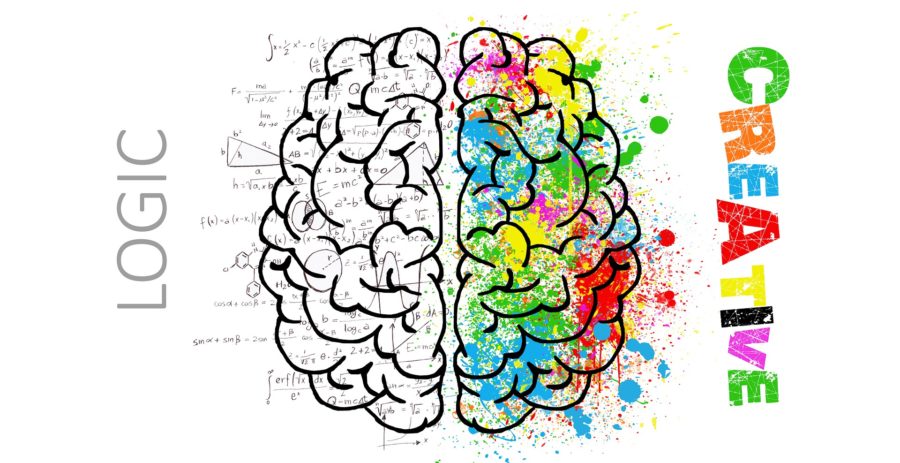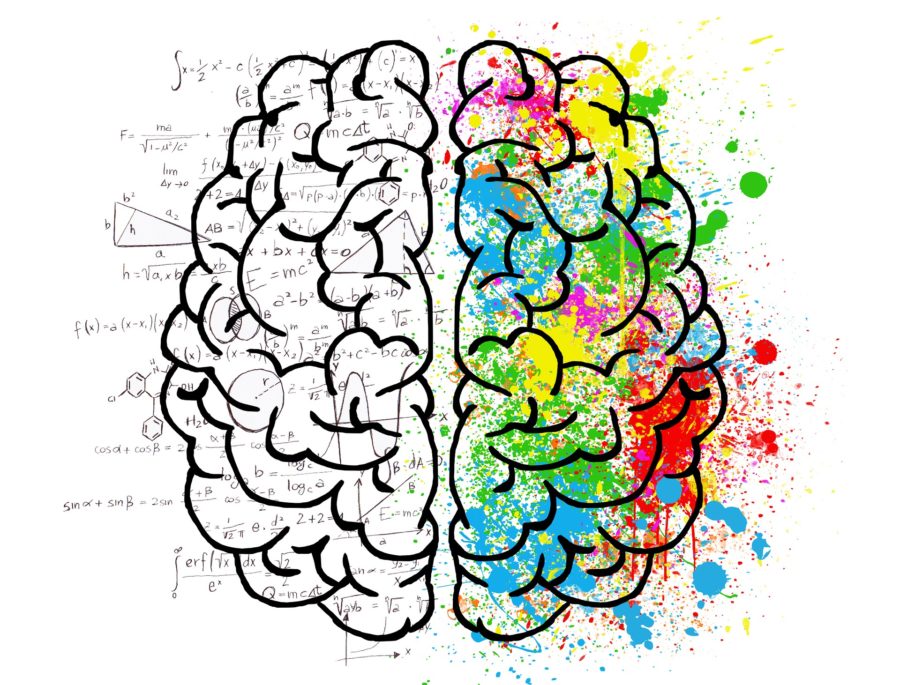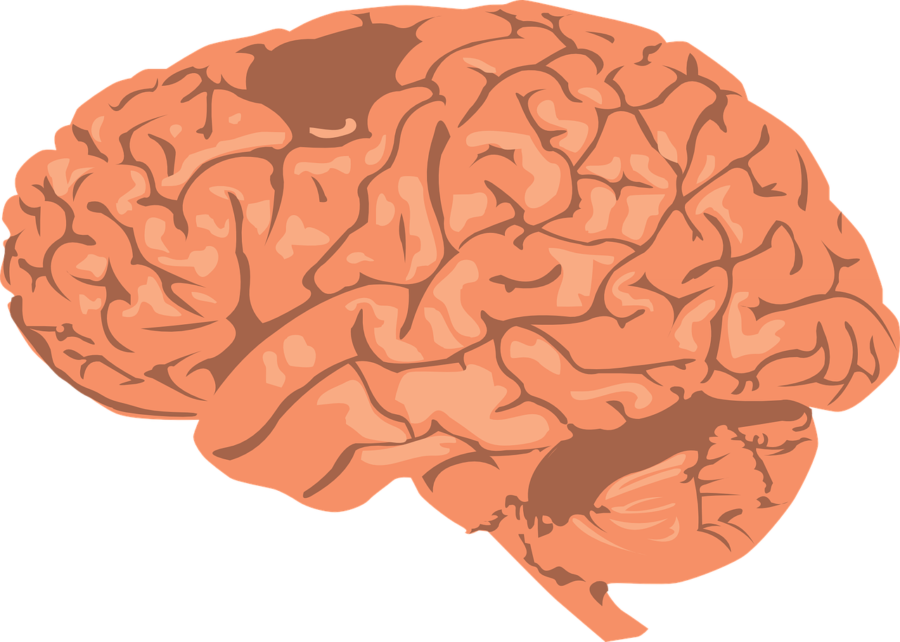
You know that face you make when you’re ready to pack it in and call it a day? Well, researchers now have a name for the expression, and it’s just as scientific as you would think — they have dubbed it the “not face.”
Alex Martinez is a cognitive scientist and professor of electrical and computer engineering at Ohio State University who worked on this study as well as previous studies to research emotional expressions used by people to convey all types of emotions, including complex ones that are made up of two or more basic emotions, such as happy and confused.
The study, which was published in the journal Cognition found that this universal facial expression is used to show negative emotion. The “not face” is made up of a furrowed brow, pressed lips and raised chin.
Native speakers of English, Spanish, Mandarin Chinese and American Sign Language were all found to make the identical expression to express statements of disagreement.
Martinez and his team came into the study with a hypothesis that said if a universal expression to convey disagreement did exist, and it was going to be combination of three facial expressions—anger, disgust and contempt—that are commonly used to show disagreement.
In order to test their hypothesis, the researchers used 158 Ohio State students. These students were chosen in order to represent a variety of languages, including English, Spanish, Mandarin Chinese and ASL.
The students were placed in front of a camera and were both recorded and photographed during a conversation with someone in their native languages.
During the conversations, researchers looked for facial grammatical markers, which, according to the researchers, is “a facial expression that determines the grammatical function of a sentence.” This means that they were looking for a common facial expression that was made when a student said a negative statement.
The students were either given negative sentences to memorize and repeat or were prompted with questions that would be likely to cause them to answer negatively, such as questions posed about the need to raise tuition costs.
The researchers then took the images taken from the conversations and marked them in order to show which facial muscles were being used at the time and in what direction they were moving. Computer algorithms were used to go through the images that were marked and find any similarities between the expression markers.
Soon, a “not face” came from the search and consisted of furrowed brows, representing anger; a raised chin, representing disgust; and lips that were pressed together to represent contempt—the same three facial expressions that researchers believed to commonly show an expression of disagreement.
Researchers also analyzed the frequency that the muscles in the students’ faces moved to make the “not face.” It was shown that every one of the different groups were making the expression within the normal frequency of spoken communication, suggesting that the expression itself can be considered a grammatical marker.
Martinez and his team of researchers hope to continue their work in analyzing grammatical markers. The team is working on several algorithms that will be able to analyze the facial movements without the need of humans.
The team will also focus on identifying positive expressions that can be considered grammatical markers.
“That will likely take decades,” Martinez said. “Most expressions don’t stand out as much as the ‘not face.'”














